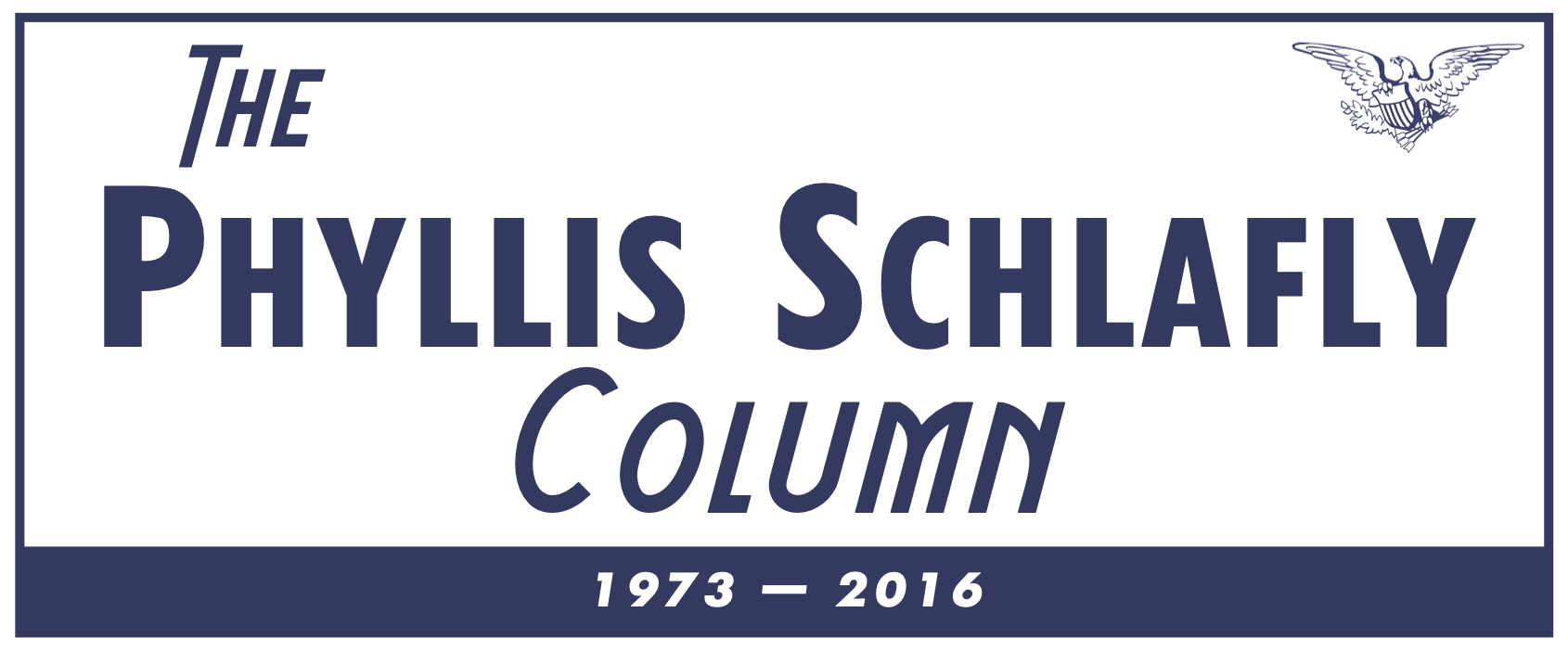The spiraling increase of violent crime among teenagers is not only a major reason why urban living has become progressively more terrifying. It is likewise a principal reason for the lack of learning in the bIg-city public schools.
A recent report made by Walter B. Miller of the Harvard Law School Center for Criminal Justice, on a grant from the Law Enforcement Assistance Administration, bluntly states that the six worst cities have at least 2,700 gangs and 81,500 members who average 12 to 21 years of age. These cities were identified as New York, Los Angeles, Philadelphia, Chicago, Detroit, and San Francisco.
The most frightening part of the report, however, is what it says about how these gangs terrorize the public schools: “Gang members have territorialized the school buildings and their environments — gyms, cafeterias, sports facilities, and in some cases . . . the entire school.” Students are shaken down and forced to pay for passing through a doorway, using gym facilities, protection from being assulted, or even the right to go to school.
The report quoted a Los Angeles official as saying that “gangs have completely taken over individual classrooms. . . . . Once the number of gang members in a class reaches a certain level, the teacher is powerless to enforce discipline.” Philadelphia closed several high school cafeterias because gangs took control over access and eating. Before any liberals rush forward to tell us that the solution to the problem of teenage gangs is a big appropriation of Federal money, they should take a look at another report issued this spring by the Mitre Corporation. This private research firm made a $2 million evaluation of the multi-million dollar anti-crime program launched with so much publicity by the Nixon Administraton. Atlanta, Baltimore, Cleveland, Dallas, Denver, St. Louis, Newark, and Portland, Oregon, had been selected as target cities for special assistance from Federal funds to wage a so-called “war on crime.” The gist of the Mitre report is that violent crime has “considerably worsened in all eight cities.
The teenage gangsters who prey on little children in the schools and on senior citizens in the streets are a problem for the local police, not the Federal bureaucrats. But the bigger problem is, what about all the younger children who may follow in the footsteps of teenage-gangster-role-models? The young ones need a heavy daily dose of religious and moral training — the kind that has been removed from the schools by the anti-religious guidelines laid down by the U.S. Supreme Court, HEW, and the progressive educators.
Reverand Jesse Jackson, the black leader who ounded an antipoverty organization in Chicago, aimed at the right target in a recent speech when he said: “When I see . . . students with their hats on in class, their high heels, with radios in their pockets, rolling dice on the playground, then I know the moral authority is gone. The school principal must . . . emerge as a moral authority to enact discipline from parents, teachers and students.”
It is too late for traditional school diacipline to save the 81,500 who have already joined criminal gangs, but we had better act now to prevent that number from multiplying. As Reverend Jackson said: “Care and discipline and chastisement do not cost money, they cost new priorities.”






